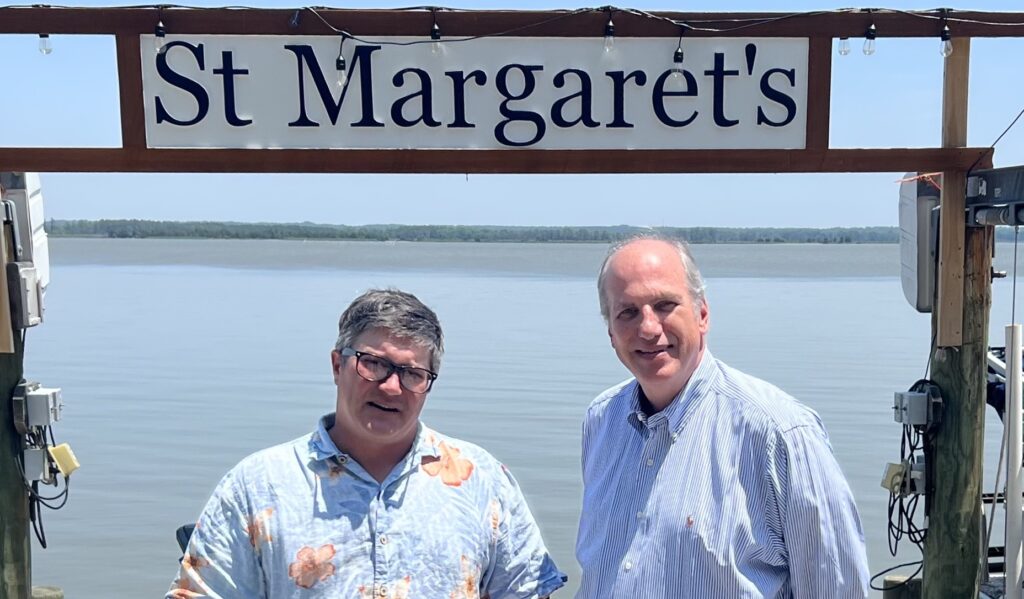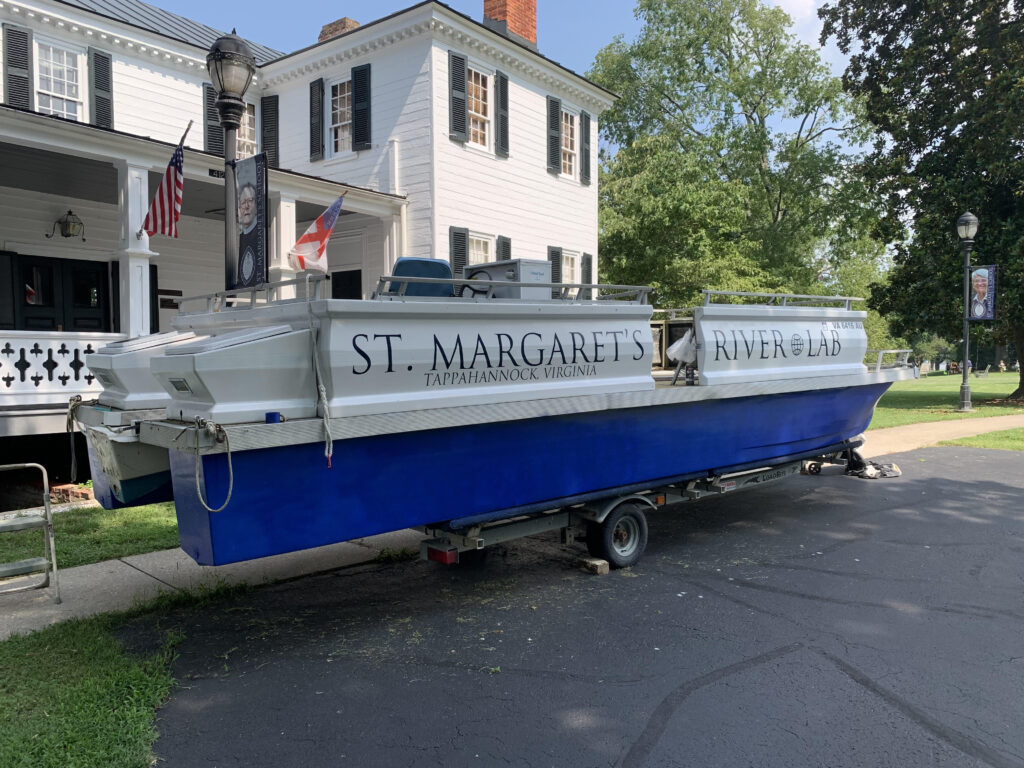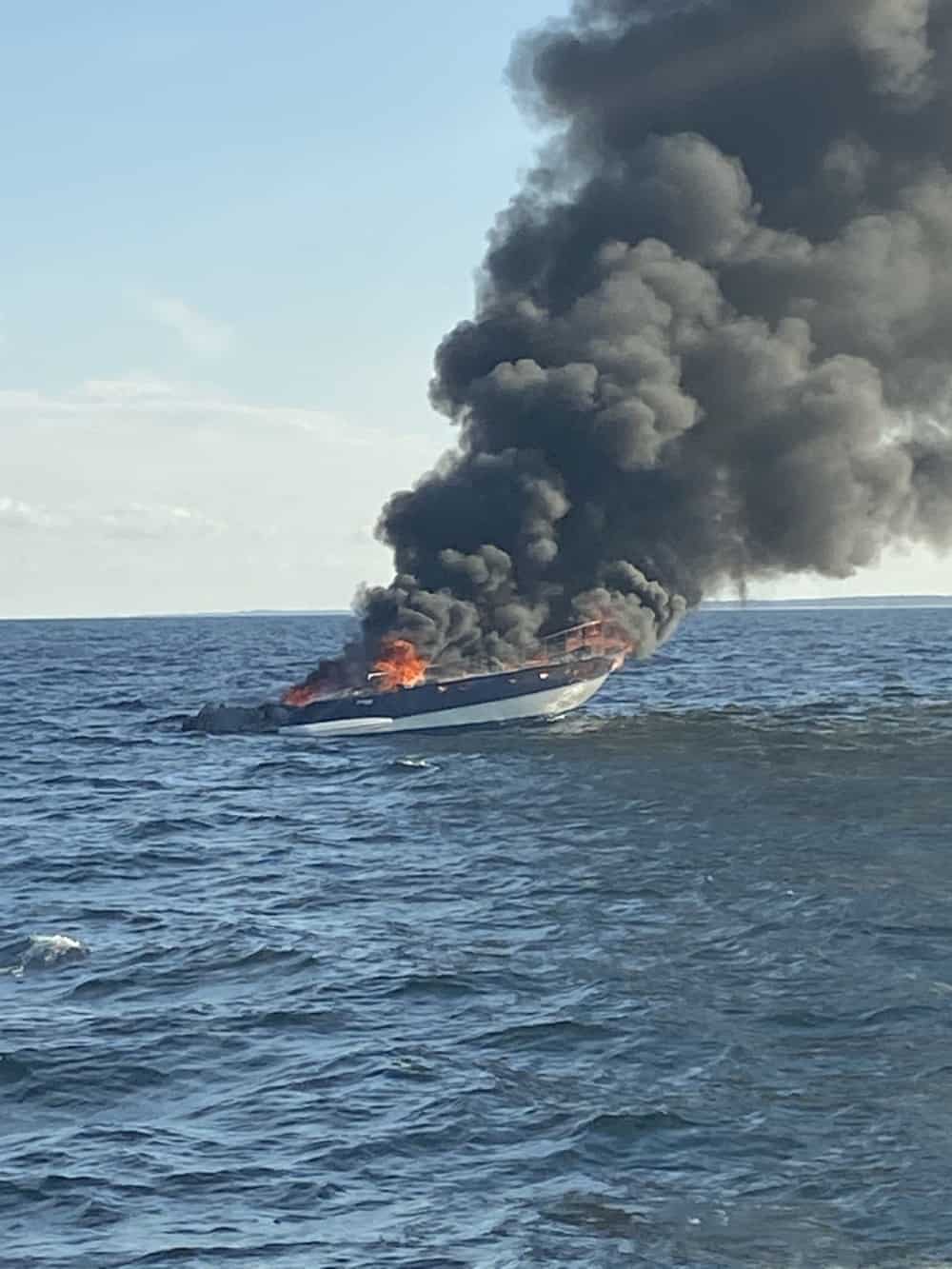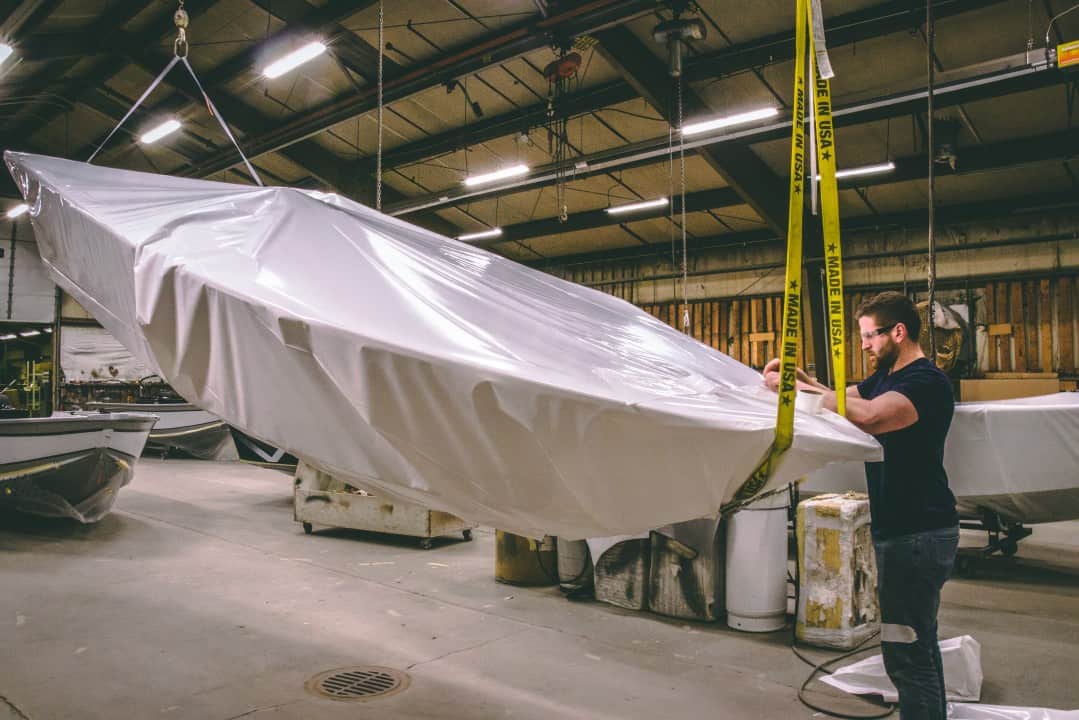STEM and STEAM learning continue to gain traction in public and private school programs. (STEM is short for Science, Technology, Engineering and Math, while STEAM adds Art into the curriculum.)
But at St. Margaret’s School on the Rappahannock River, high schoolers participate in an integrated program called S.T.R.E.A.M.—Science, Technology, River, Engineering, Art and Math. And under a new program director, students will use the river to further their education in several ways.
St. Margaret’s School is an Episcopal all-girls, college preparatory boarding and day school for grades 8-12 in Tappahannock, Virginia. Headmaster Colley Bell recently appointed Captain Richard Moncure as the school’s new director of S.T.R.E.A.M., in which students “learn by doing” in both classrooms and outdoors.

Moncure comes from a local family of watermen. After graduating from Hampden- Sydney College, he joined the Peace Corps as a volunteer on the west coast of Africa. When he returned to Virginia, he served for a number of years as the Tidal River Steward for the Friends of the Rappahannock. A passionate educator equally enthusiastic about the Rappahannock River, its history, and its ecosystems, he taught middle school science most recently at Aylett Country Day School, where because of his hands-on, in-the-field approach with students, he was named Innovative Teacher of the Year by the Virginia Association of Independent Schools.
Moncure also offers history and natural history tours, fishing trips, and sunset cruises with a partner aboard two vintage Rappahannock Roundstern workboats.
“There is no one more qualified than Richard to lead St. Margaret’s S.T.R.E.A.M. programming,” said Bell. “He will work hand-in-hand with our faculty to develop river-centric applications that pull students away from their desks and outside to our new dock laboratory, our many boats, and our beach.”
Lessons in physics and fluid dynamics take on new meaning in the river, especially for the students who participate in crew aboard the school’s rowing shells. The experiences of Native Americans and Virginia’s first settlers come alive as students navigate the same tributaries as Captain John Smith in 1608. Likewise, Moncure will incorporate projects in studies of river ecology and environmental stewardship, including human settlement over the years, the human impact on the Chesapeake Bay watershed, and how we can restore its health moving forward.
“I’m excited to join St. Margaret’s School and to be a part of the school’s vision that fits so closely to my teaching philosophy,” said Moncure. “I’m particularly pleased with this opportunity because St. Margaret’s has a number of students from abroad whose varied life perspectives help us to think globally while acting locally, as I have learned to do in blending my Peace Corps experiences with many years spent on and in the Chesapeake’s waters. St. Margaret’s girls can expect to be challenged and to have plenty of fun as they learn 21st-century skills in one of America’s oldest waterways.”
-John Page Williams



